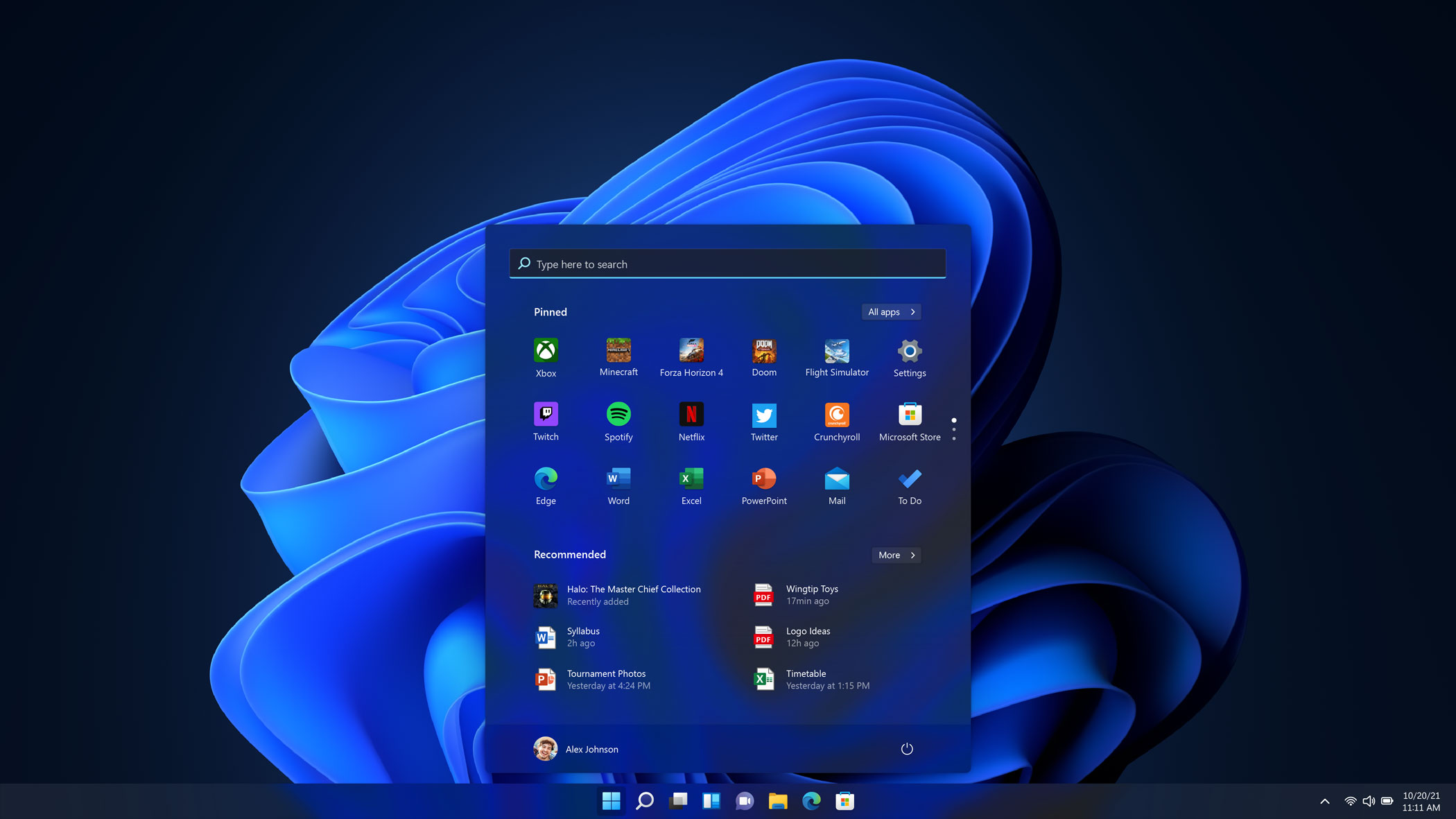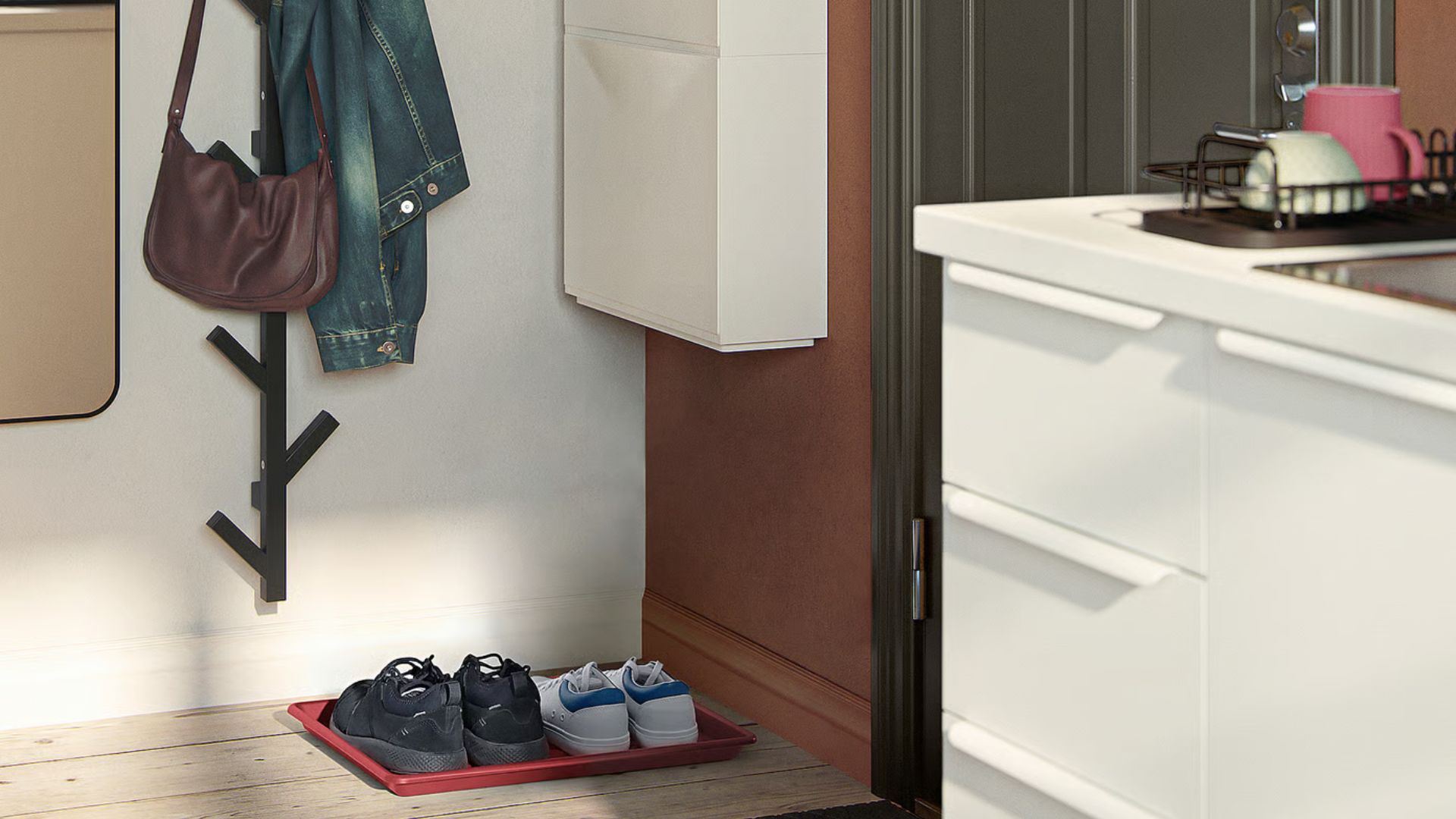Windows 11 will lose these common taskbar features
Windows 11 will be missing several key features in its taskbar

Windows 11 is raising eyebrows by offering fewer options than Windows 10.
Windows Latest reports that the Windows 11 taskbar will be losing key features over Windows 10. This includes changes to its menu options, calendar and clock.
- Windows 11 release date, beta, requirements and new features
- What is a TPM? You'll need one for Windows 11
- Plus: New Windows 11 feature is a ‘game-changer’ — here’s why
One of the missing features is events and agenda integration from the calendar flyout. This can be found on the right hand side of the taskbar that's part of the Windows 10 Calendar app. Currently, events can be added and synced with devices that were connected to the same Microsoft/Outlook/Exchange accounts.
Users in the Feedback Hub who've been testing Windows 11 assumed this was a bug.
However, these are intentional design choices to promote a new Widgets function. These widgets include Calendar, Weather, Esports, Photos, Traffic and a To Do list. Microsoft is aiming for a minimalist design and these changes align with the, as our computing editor Alex Wawro wrote, a "calmer, centered" look in the new operating system. However, in its current testing form, the feature removals are frustrating users.
This is in addition to other missing features previously reported. This includes the lack of a context menu, which can currently be accessed by right clicking on the toolbar. This allows for quick access to make changes to the toolbar, including taskbar placement, sizing, locking and adding widgets such as Cortana and News and Interests. Right-clicking is also an alternative way of getting to the task manager.
Apps or files can no longer be dragged directly on to the taskbar nor can they be ungrouped. Plus, the taskbar clock registry hack to include the seconds will be disabled in Windows 11. Microsoft said they will not include it in the new operating system.
Get instant access to breaking news, the hottest reviews, great deals and helpful tips.
Most of these changes affect the deep customization users have been accustomed to since the introduction of Windows 10 in 2015. One positive update is that both Intel and M1 spec’d Macs can use Windows 11, with the use of a third-party application called Parallels. There may be time to add new features to the taskbar and include Android app support. However, the build is nearly complete and Microsoft Windows is on track to launch in late October.

Williesha Morris is an Alabama-based freelance journalist and copywriter currently focusing on accessibility, mental health, gaming, and tech. She's also highly experienced in administrative assistance and office management. Williesha is also an award-winning blogger and activist and has contributed to dozens of print and digital publications, including WIRED, Country Living and TechCrunch. When she's not writing, she's watching true crime documentaries, playing video games or waxing nostalgic for the first few phases of the Marvel Cinematic Universe. In her free time, Williesha volunteers with Hometown Action, an advocacy group focusing on Alabamians in rural areas and small towns.
